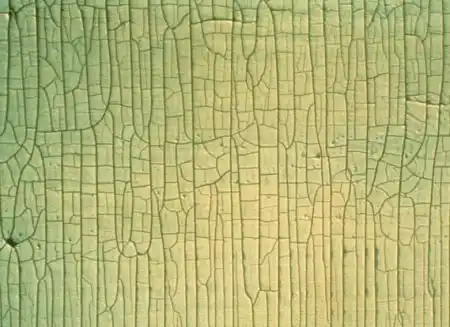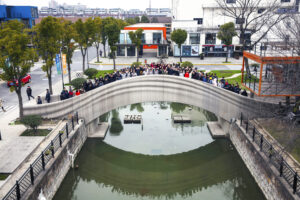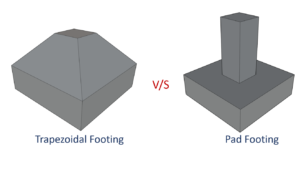
14 COMMON DEFECTS FOUND IN PAINT WORK

Following are the common defects that occur in painting :
- Blistering and Peeling
- Blooming
- Fading
- Flaking
- Flashing
- Grinning
- Running
- Sagging
- Saponification
- Wrinkling
- Checking
- Chalking
- Mildew
- Alligatoring
1. Blistering
Formation of bubbles like shapes on the painted surface is known as blistering. The primary cause of this defect is water vapor. When water vapor trapped under the paint layer, it creates bubbles under the film of paint.

2. Blooming
Blooming is the defect caused due to improper ventilation, weathering, defective paint, etc. In this case, dull patches are formed on the painted surface.

3. Fading
Fading is the discoloration of the paint surface. This is mainly due to atmospheric agencies such as sunlight, moisture, etc. To prevent fading or discoloration, weathering resistant pigments should be used in the paint.
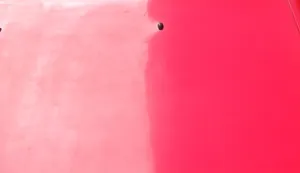
4. Flaking
In this type of defect, some portion of the paint film is not sticked properly with the surface; resulting flaking off of the paint layer. This is cause due to poor adhesion between paint and the surface to be painted.

5. Flashing
The formation of glossy patches on the painted surface is called flashing. This is caused due to the poor quality of paint, weathering action, poor workmanship, etc.

6. Grinning
If the thickness of the final coat of paint becomes very thin, the background can be seen clearly. This is known as grinning. Poor workmanship is the main cause of this defect.

7. Running

8. Sagging
This type of defect is more prominent when a thick layer of paint is applied on a vertical or inclined surface.
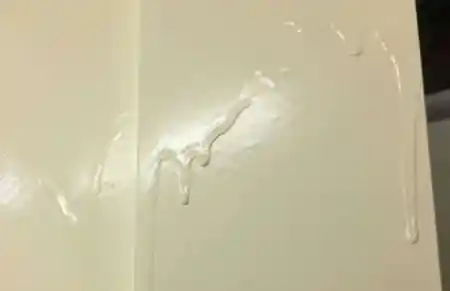
9. Saponification
Saponification of paints occurred when the painted surface is exposed to chemicals such as alkalis. In this defect, soap patches are formed on the paint surface and paint film gets peeled off from the surface.
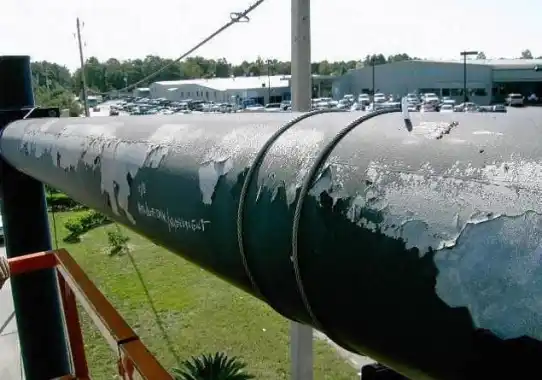
10. Wrinkling
This type of defect is more prominent when a thick layer of paint is applied on a horizontal surface.
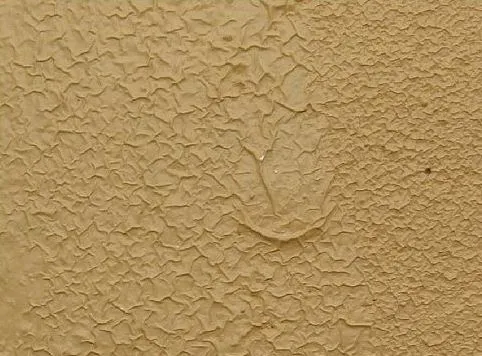
11. Checking
It is similar to alligatoring but here cracks are limited to a small area, unlike alligatoring cracks. It is caused when the paint is applied during very cold weather or due to the application of paint prior to drying of undercoat.

12. Chalking
Chalking is the formation of powder on the painted surface. This is due to the use of insufficient oil in the primer. It can be prevented by using sufficient oil in the primer, applying paint at recommended spreading rate, etc.

13. Mildew
Mildew is a form of fungus which grows well in warm, moist and dark places. It grows rapidly and develops the grey colored patches on the painted surface. It also affects the bond between paint coats. It can be prevented by keeping the surface dry and clean before applying paint. If there is any trace of mildew growth, then wash the surface with the solution of bleach.
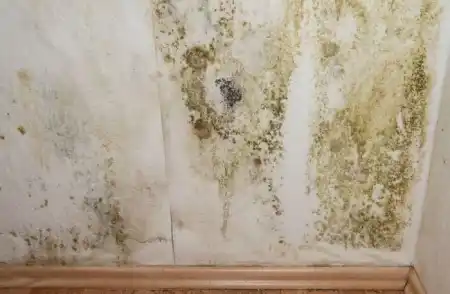
14. Alligatoring
Alligatoring is pattern cracking similar to the scales of an alligator. It occurs when the hard coat of paint is applied over the soft coat or existing coat of paint. To prevent this, a high-quality oil-based primer should be used as a prime coat.
